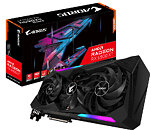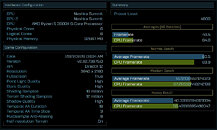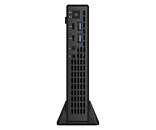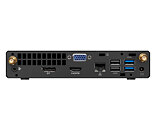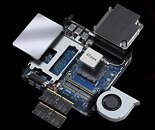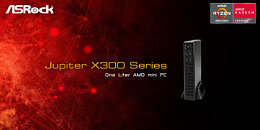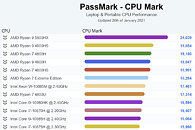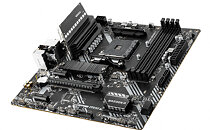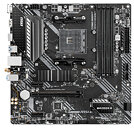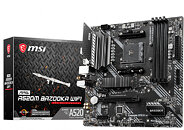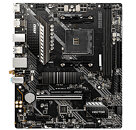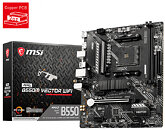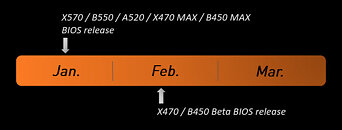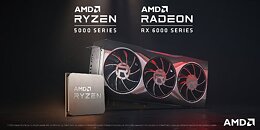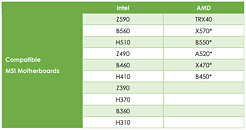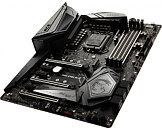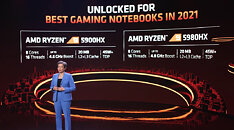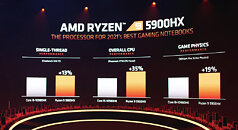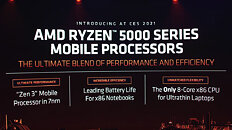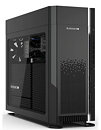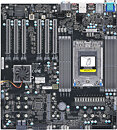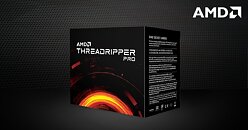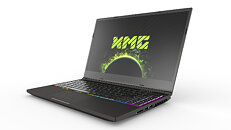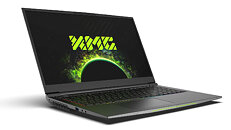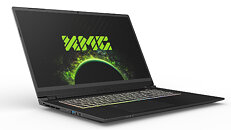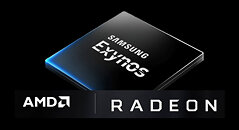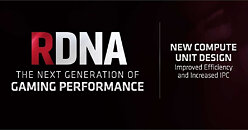
GIGABYTE Launches Radeon RX 6900 XT AORUS MASTER Graphics Card
GIGABYTE TECHNOLOGY Co. Ltd, a leading manufacturer of premium gaming hardware, today announced new AMD Radeon RX 6900 XT graphics cards powered by AMD RDNA 2 gaming architecture. The AORUS Radeon RX 6900 XT MASTER 16G and Radeon RX 6900 XT GAMING OC 16G graphics cards are engineered to deliver ultra-high frame rate and 4K gaming.
The AORUS MASTER graphics card features MAX-Covered cooling, LCD edge view and RGB Fusion 2.0. It is recommended for enthusiasts who want the ultimate performance, a customizable display and colorful RGB lighting. The GAMING OC graphics card features the WINDFORCE cooling system and RGB Fusion 2.0, making it is the best choice for performance gamers.
The AORUS MASTER graphics card features MAX-Covered cooling, LCD edge view and RGB Fusion 2.0. It is recommended for enthusiasts who want the ultimate performance, a customizable display and colorful RGB lighting. The GAMING OC graphics card features the WINDFORCE cooling system and RGB Fusion 2.0, making it is the best choice for performance gamers.
